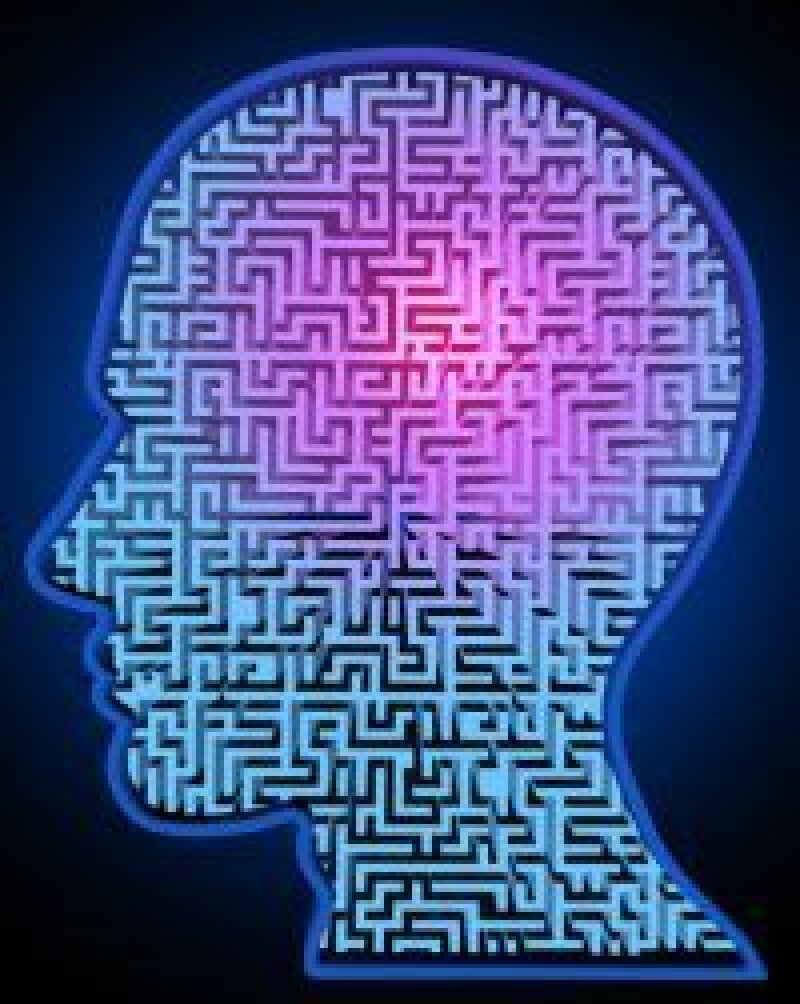The recent tragedy at Umpqua Community college near Roseburg, Oregon adds to an obscene list of mass shootings in the United States, pointing, yet again, to a need for stronger, common sense gun laws, but also to the failure of health systems to detect individuals who are dangerously psychiatrically ill. Nobody can venture a specific diagnosis of what motivated the shooter, but it seems likely that mental illness was part of the picture.
Maybe, it will turn out that he had a mood disorder, or a psychotic disorder, or maybe an extremely severe personality disorder (such as borderline personality or antisocial personality disorder that have some association with crime). Whatever it was, the situation prompts the age-old question in psychiatry: is the condition a result of nature, or nurture, or both?
Parsing the roles of nature versus nurture is not a mere academic exercise. There are major implications. If it’s nature–if the mental illness is mostly genetic–then it’s in the family, and if we’re talking about homicidal and suicidal behavior this would raise issues about testing and screening. If it’s mostly environmental on the other hand, that would also affect how to screen for such deranged individuals, whether for the sake of providing mental health care, for tracking by law authorities, or, importantly, for use in background checks to keep the individual from acquiring weapons.
Quite different from psychiatry during the Freudian period, when nurture was considered to be the basis of most disorders, contemporary psychiatry and clinical psychology are based on a perspective known as the biopsychosocial model. This means that all factors, such as history of medical conditions, family medical and psychiatric history, medications, and genetic tests all matter. They all are included in a very long patient history and, depending on the condition, treatment can involve medications, a variety of different types of psychotherapy and behavioral therapy, electroconvulsive therapy, and soon, even gene therapy.
Today, few experts in mental illness will say that a particular condition is all biological or all environmental. The idea that genetic and non-biological factors interact within the brain is accepted universally, but the direction of research suggests now that the underlying basis is biological. In other words, a person’s susceptibility to developing what’s called an Axis I disorder (includes mood disorders and psychosis) depends on a multitude of genes. The same may also be true of Axis II disorders (includes personality disorders). But the key word is “susceptibility”; the same research also shows that environmental factors can act as triggers that decide whether a susceptible individual actually ends up manifesting the condition.
In particular, a new study published in the British Journal of Psychiatry Open focusses on depression, the most common mood disorder.
“Our results suggest some people have a genetic makeup that makes them more susceptible to negative environments,” said Dr. Chad Bousman, who led the study at the University of Melbourne in Australia.
But there’s a positive flip side to the story. “If put in a supportive environment these same people are likely to thrive,” Bousman added.
In other words, identifying susceptible individuals could be very helpful, because one could intervene by providing the individual an environment in which he or she would be more likely to flourish and less likely to manifest the depression.
What’s extremely significant is not the new study itself, but the fact that it’s part of a growing understanding based on years of previous studies whose results illustrate the same basic principle. Just as some people are hardwired through biology to be susceptible to heart disease, or a certain type of cancer, there seems to be a certain amount of hardwiring affecting one’s tendencies toward depression and other psychiatric conditions. But being susceptible doesn’t mean that one is destined to get the disease. A certain genetic mutation for alpha-1 anti-trypsin deficiency makes a person highly susceptible to emphysema, for example, but in most cases it’s smoking that triggers an individual with such a mutation to get the disease.
Things are more complex when it comes to the brain and especially the mind, such that it’s hard to identify specific genes as the basis of each disease. We don’t have one specific unipolar depression gene, one specific bipolar gene, or one schizophrenia gene, but soon the ability to detect at-risk people through biomolecular screening may arise. In the meantime, mental health providers have other ways to screen people for signs that something is not right. In either case, what society needs is the political will to make psychiatric screening of populations a national priority.
David Warmflash is an astrobiologist, physician, and science writer. Follow @CosmicEvolution to read what he is saying on Twitter.































